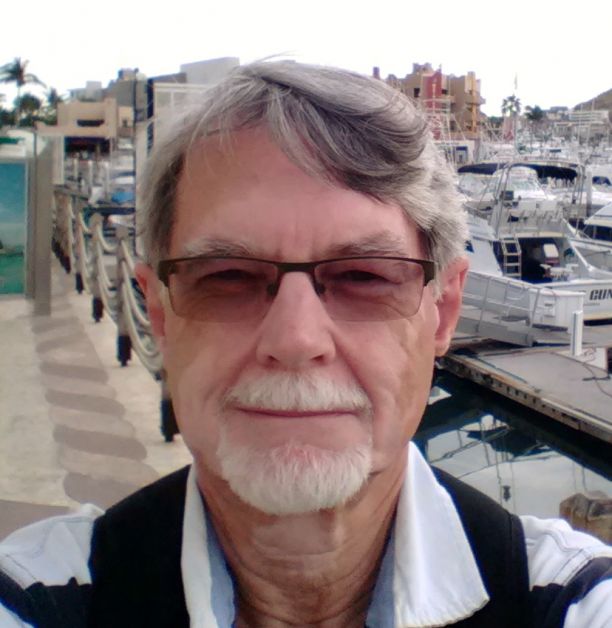
The January 25 session of the 2018 Royal Tyrrell Museum of Palaeontology’s Speaker Series is a presentation by Dr. Michael Wilson, Douglas College, British Columbia, entitled “Crossing to the Islands: Late Ice-Age Mammals on Vancouver Island and the San Juan Islands.”
As the last ice sheet retreated 14,000 years ago, three giant mammal species—bison, ground sloth and short-faced bear—colonized Vancouver Island and the San Juan Islands. Megafauna (large or giant animals) fossils from the islands are rare due to acidic soils, but survive in pond deposits buffered by lime from underlying marine shells. Megafauna thrived south of the ice during the last glacial period, but how they colonized the islands and then left, continues to captivate palaeontologists. By 12,000 years ago, the megafauna were gone and the islands were no longer pine parklands with grassy patches, but a closed canopy of Douglas fir and hemlock. Scientists have proposed many different theories, from swimming, crossing land bridges, and post-glacial warming, to the possible role humans played in the extinction of these animals.
In his talk, Dr. Wilson will explain how the search for answers about how megafauna colonized the Vancouver Island and the San Juan Islands continues to be one of the Pacific Northwest’s most compelling palaeontological topics.
The Royal Tyrrell Museum’s Speaker Series talks are free and open to the public. The series is held every Thursday until April 26 at 11:00 a.m. in the Museum auditorium. Speaker Series talks are also available on the Museum’s YouTube channel: youtube.com/c/RoyalTyrrellMuseumofPalaeontology





















